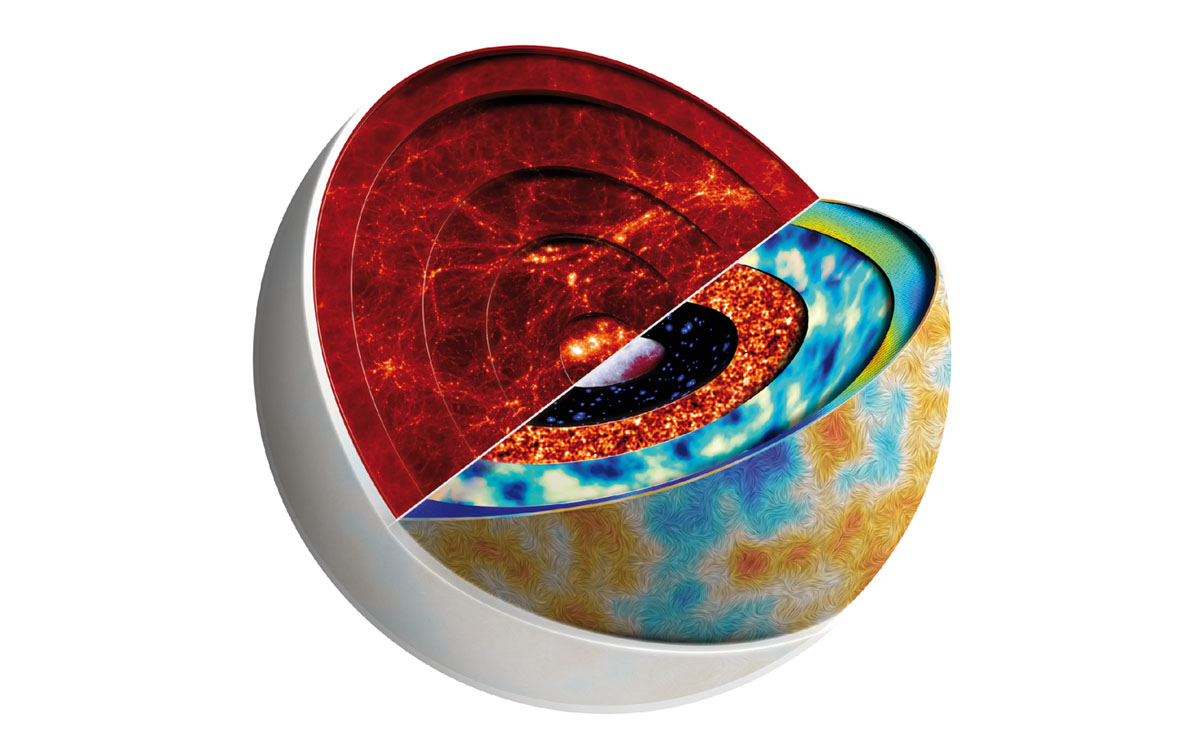there may not be dark matter or energy, just gravity. we just don’t know how.

One of the more frustrating trends in theoretical physics has been the proliferation of papers filled to the brim with complex mathematics positing some exotic hypothesis about dark matter, cosmic strings, black holes, and multiverses, and leaving a giant question mark as to whether the paper could ever be reasonably falsified, if not just straight up admitting that it probably can’t. This is why as popular science headlines keep blaring that general relativity might be overturned and pretty much everything we know about the universe is wrong, we’re not exactly rewriting textbooks at a furious pace to account for any of these studies in question.
So, with this in mind, when yet another paper which claims to have explained away dark matter started making its rounds, it’s hard not to be skeptical. But while it has some very strange ideas, which we’ll get to in a minute, it follows a new and interesting path away from looking at dark matter as bizarre particles we simply haven’t discovered yet, and towards examining gravity as the culprit behind this mysterious placeholder. While it’s undeniably true that galaxies are spinning too fast not to be held intact by something with enough mass to bend space around them, allowing us to map its effects, no one said that something has to be a form of matter.
if dark matter isn’t actually matter, what is it?
Basically, the general idea being pursued is that gravity behaves differently on different scales and those variations explain the observed gravitational lensing effects, the bending of light as it travels by massive objects, currently attributed to halos of dark matter. However, the problem is defining how that happens because we’re still not sure exactly how gravity works. One thought was that gravity is carried by a particle called a graviton, a massless entity traveling at the speed of light, but we haven’t found any evidence for the existence of gravitons. Particle colliders can’t help us here like they did with the Higgs boson because the Standard Model doesn’t know how to incorporate gravity, one of the shortfalls that has scientists looking to expand it.
Another hypothesis is that gravity is just an emergent property of space and time, and not bound by the same rules as other forces, explaining why it’s so much weaker than electromagnetism and nuclear forces. But in this paper, not only are gravitons back, but they’re not massless and travel slower than light, which means that gravitational forces nudge distant objects we didn’t think they could, and the heavier objects we study, the more pronounced the effects on more and more distant stars and galaxies. In other words, there’s no dark matter or dark energy, only the quirks of gravity created by clumps of galaxies and flows of gas and dust.
does this mean there’s no dark matter or dark energy?
It sounds like the mystery of the dark placeholders is solved, right? Unfortunately, no, not even close. This approach poses a lot of problems because a) gravitons do not exist as far as we know, b) gravitons with mass have all sorts of complicated theoretical implications that baffled physicists since the 1930s, and c) the math to resolve these implications raises its own weird questions that need to be answered. We can’t adapt the findings of model universes, even if an observation or two seems to support them at first glance, without understanding why the forces in question act the way they do, and the more elaborate the theoretical constructs to support it, the more questions they raise and the more evidence they need.





